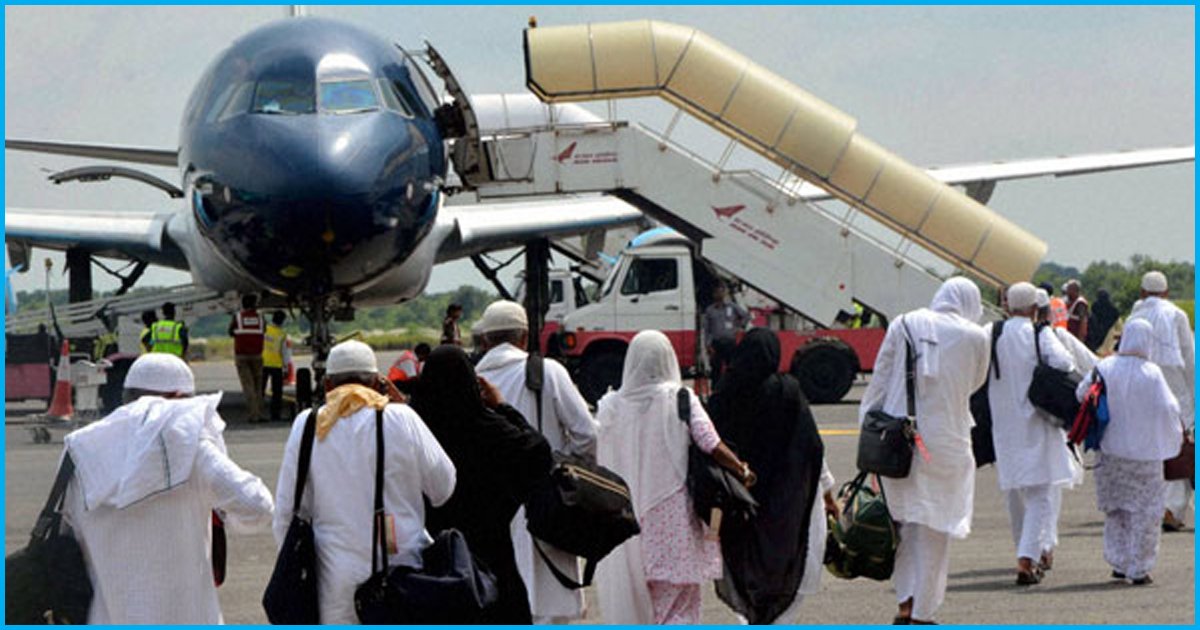
A Month After Scrapping Haj Subsidy, Government Introduces Slashed Airfare For Pilgrims
28 Feb 2018 12:22 PM GMT
An airfare reduction has been introduced by the government for the people going on ‘Haj’. Union Minority Affair minister Mukhtar Abbas Naqvi called it a “major step”. He also said that this “historic step” had been undertaken under the motto of “Development with dignity” carried out under the leadership of Narendra Modi as quoted by PTI.
The drastic airfare reduction, however, has been made a month after abolishing Haj subsidy. “This decision is in line with our empowerment without appeasement policy. The decision to cut airfares will end the ‘political and economic exploitation’ of Hajis as was done during the Congress-led UPA regime.” He added. On the other hand, according to the central opposition party led by Congress, the money should have been utilised for the welfare of the poor children.
The Fare Chart
As reported by The Indian Express, The round-trip flight fare from New Delhi to Jeddah that was Rs 98,750 in the year 2013-2014 during the UPA Government has been slashed down to Rs 71,853. In the same way, airfare from Hyderabad that was Rs 1,01,600 has been reduced to Rs 65,766. The round fare from Ahmedabad that was Rs 98,750 previously will now be available for just Rs 65,015. From Mumbai, the airfare has been cut down to Rs 57,857 from Rs 98,750. For Srinagar, the fare reduction is pretty drastic that is Rs 1,01,400 instead of Rs 1,98,350.
Airlines applicable for fare reduction
The fare reduction is applicable on airlines such as Air India, Saudi Airlines and Flynas. The airlines shall ferry them to Jeddah and Medina from 21 airports in India. An estimated record of 1.75 lakh Muslims shall take the pilgrimage in the year 2018 from India.
Effect on the final cost of the pilgrimage
Since the cost of accommodation and other expenses in Saudi Arabia have gone up, it is less likely that that cost reduction on fare price shall affect the overall expenditure of the pilgrimage. Last year, the ‘Haj Committee of India’ charged Rs 2,00,000 for Haj with ordinary accommodation. On the other hand, an accommodation for the Hajis close to Mecca costs about Rs 2,34,000 (deluxe).
 All section
All section













